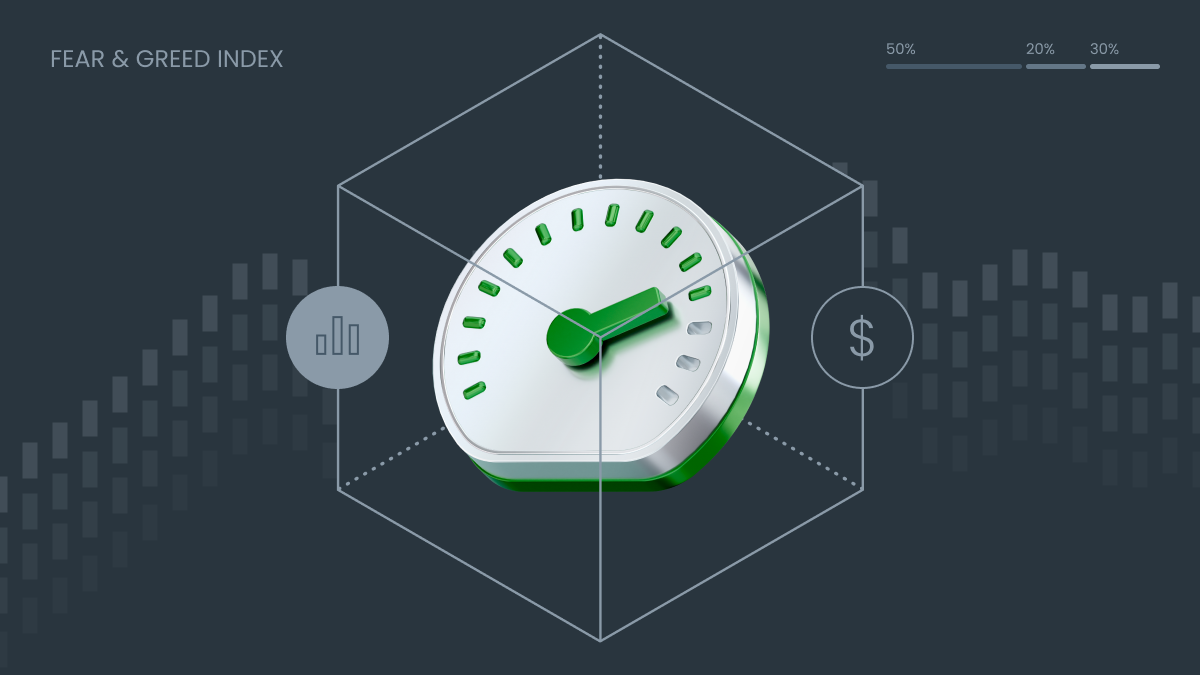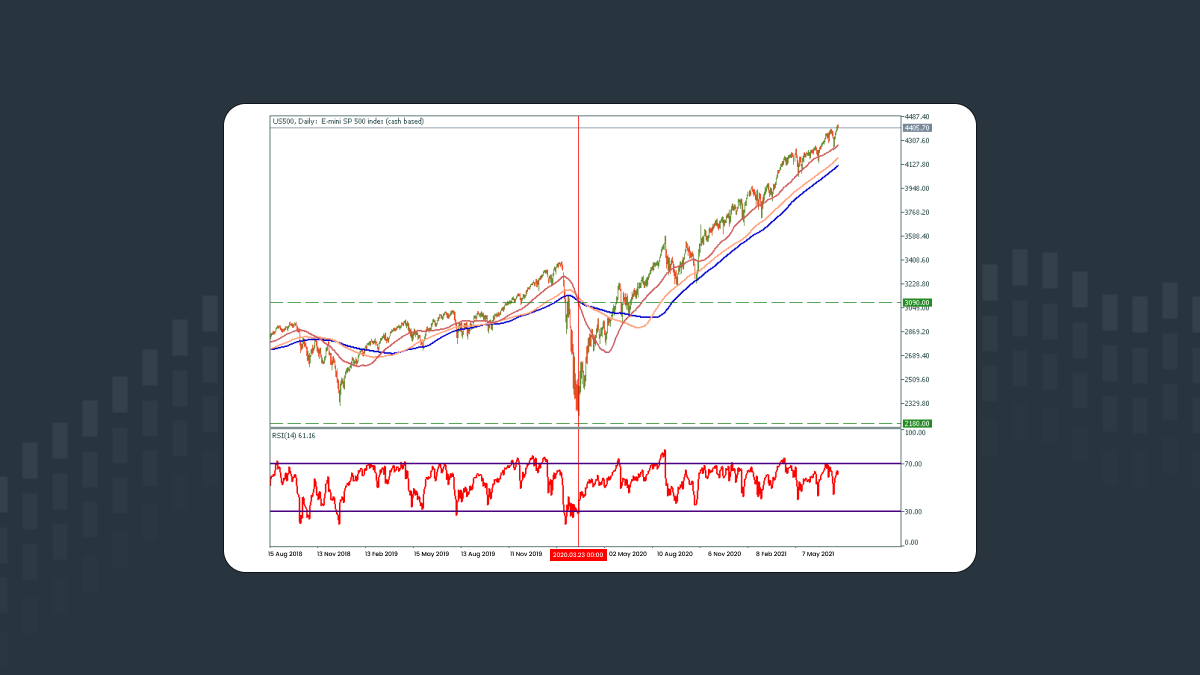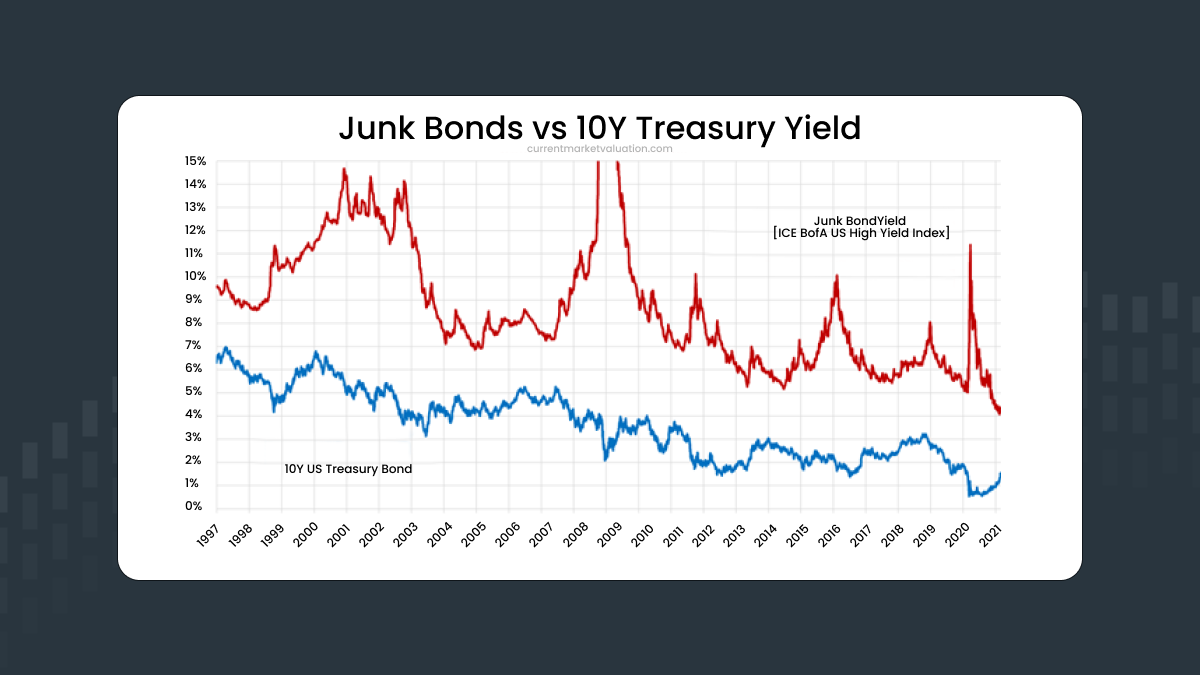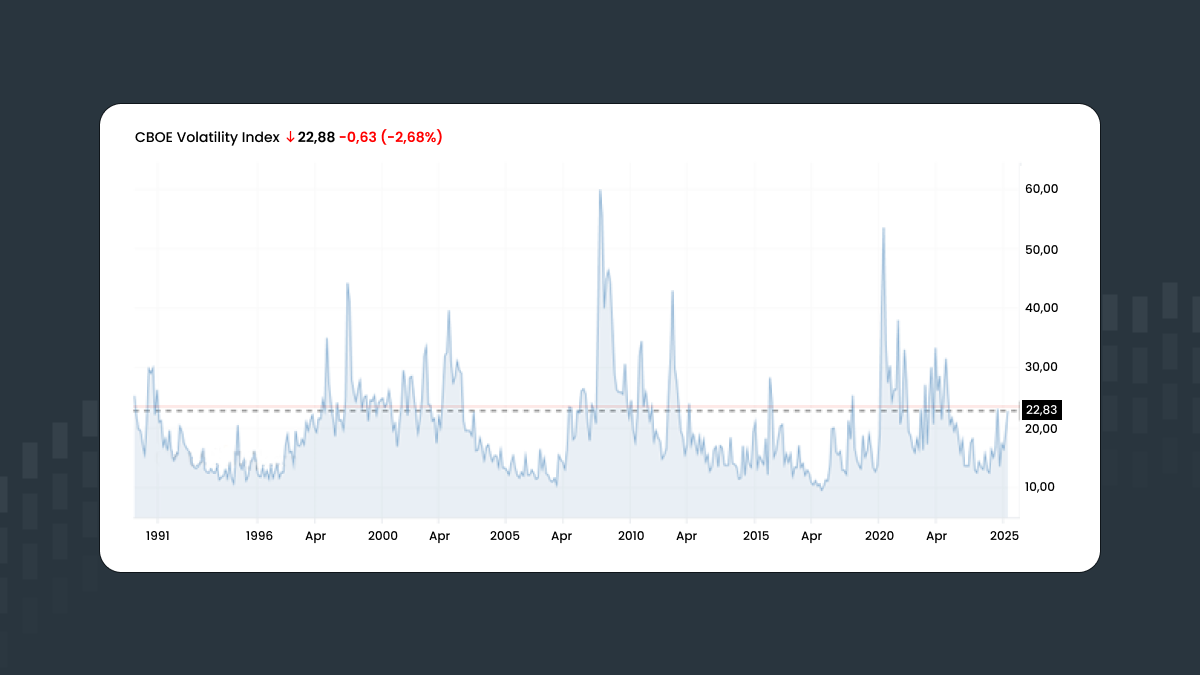
FBS turns 16
Unlock birthday rewards: from gadgets and dreams cars to VIP trips.Learn more
Mar 13, 2025
Strategy
The Fear & Greed Index: How to Beat the Crowd

“
“If they insist on trying to time their participation in equities, they should try to be fearful when others are greedy and greedy only when others are fearful.”
Warren Buffett
What is the Fear & Greed Index about?
In this article, we present an instrument that indicates whether global investors’ mood is greedy or fearful.
The Fear & Greed Index uses a scale of 0 to 100 with 0 meaning the market is driven by extreme fear among investors, and 100 representing extreme greed as the driver. A value of 50 means investors are neutral.
Historical data says that on March 23, 2020, at the peak of the COVID-19 crisis, the Fear and Greed Index dropped to as low as 12. If you look at charts of that period, you will see a bullish spike in such safe-haven assets as the Japanese yen (USDJPY dropped to a multiyear low). This is an example of how the information provided by the Fear and Greed Index can help traders to make the right decisions during periods of high market volatility.
How is the Fear & Greed Index calculated?
The Fear & Greed Index is based on seven indicators. CNN tracks the difference from its normal value and gives equal weight to each indicator in the final reading.
1. Stock price momentum. The S&P 500 versus its 125-day moving average. During the COVID-19 bump on March 23, the S&P500 deviated from the 125-day moving average by 900 points, which was the biggest difference since 2008.

2. Stock price strength. The number of stocks hitting 52-week highs and lows on the New York Stock Exchange. The bigger number of undervalued or overvalued stocks shows that the stock market is either oversold, or overbought, respectively.
3. Stock price breadth. The volume of trading in stocks on the rise versus those declining. Usually, the volume rises as the price reaches its top or bottom levels. This happens because whales are gaining or dumping their positions respectively. Market breadth can be used to gauge how widespread bullish or bearish sentiment is.
4. Put and call options. The ratio of bullish call options trades versus bearish put options trades. Options give the right (not an obligation) to buy (call option) or sell (bull option) an asset. Therefore, more trades of puts over calls could indicate investors are feeling pessimistic about share prices in the future, and conversely a bigger number of calls over puts might signal investors’ optimistic sentiment.
5. Junk bond demand. The spread between yields on investment-grade bonds and junk or high-yield bonds. Bond prices move in the opposite direction of yields. During periods of high turbulence, investors prefer to save money, resulting in investment-grade bonds becoming more expensive while yields decline. Vice versa, crises make investors get rid of riskier assets, which makes junk bonds’ prices drop as yields grow.

6. Market volatility. The CBOE Volatility Index, also known as VIX, is designed to track investor expectations for volatility during the next 30 days. Rising expectations for stock market future turbulence could be a perfect signal of an upcoming correction.

7. Safe haven demand. The difference in returns from stocks versus treasuries. Market sentiment is demonstrated by investors’ preferences towards riskier markets versus safer assets.
How to use the Fear & Greed Index
The Fear & Greed Index is the best option to use during days of the highest volatility on the market. Use it to determine when to enter the market if you trade S&P 500. When the index gets under 20, it’s time to think about opening long positions, as well as the other way around. In addition, the index may tell you the general sentiment of the market is risk-on or risk-off. This will help you understand which assets welcome long (buy) trades and which are a better choice for selling.
However, making decisions relying only on the Fear & Greed Index would be a huge mistake. Extreme bullishness could be caused by the economy’s rising wealth and vice versa, so it is highly crucial to follow fundamental news.
Open an FBS account
By registering, you accept FBS Customer Agreement conditions and FBS Privacy Policy and assume all risks inherent with trading operations on the world financial markets.